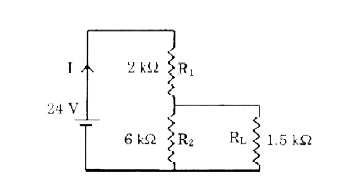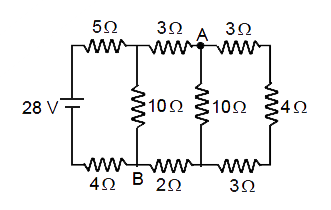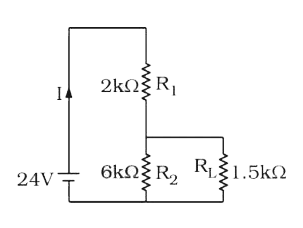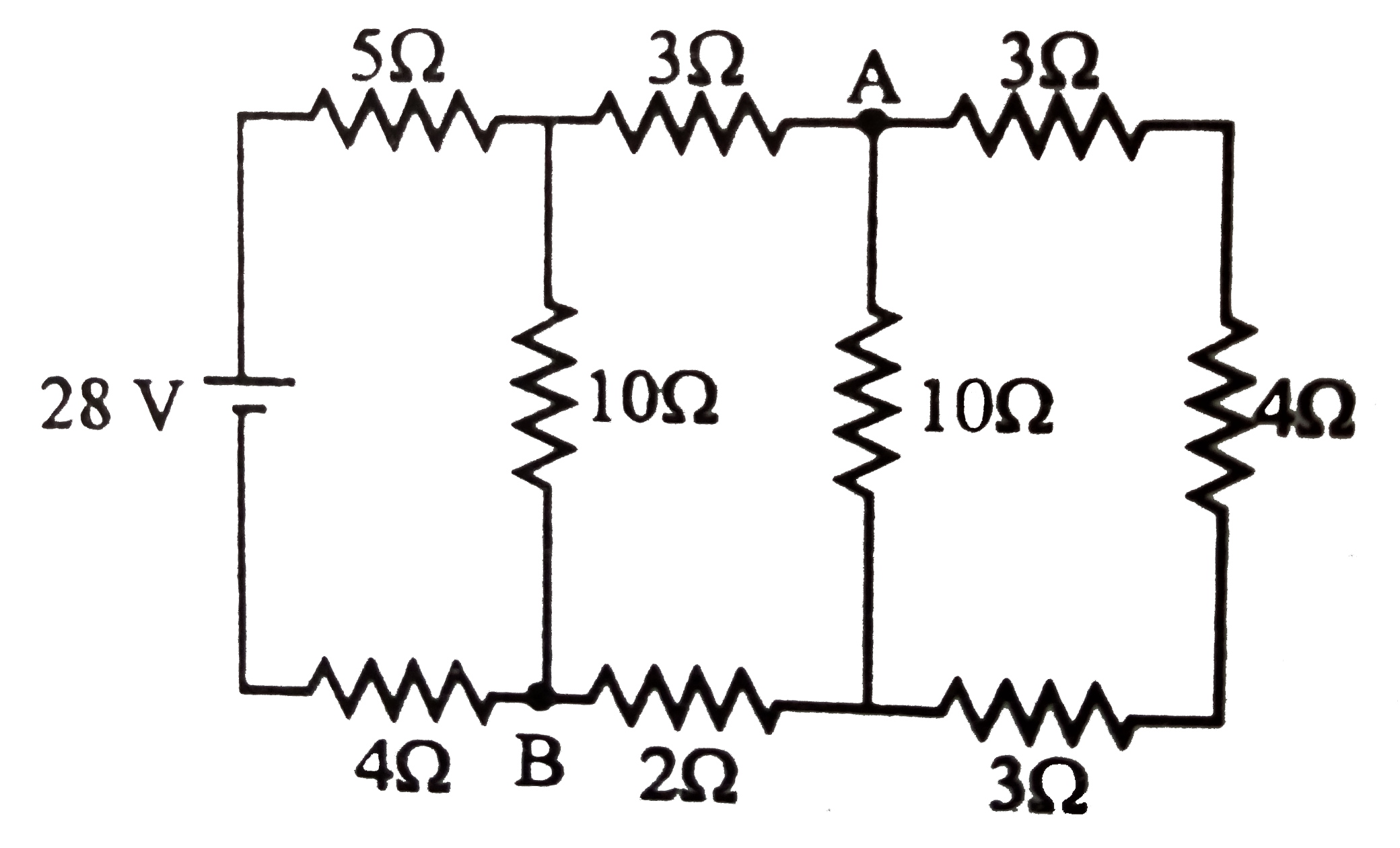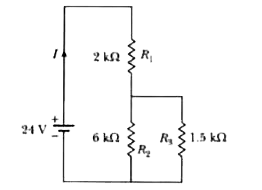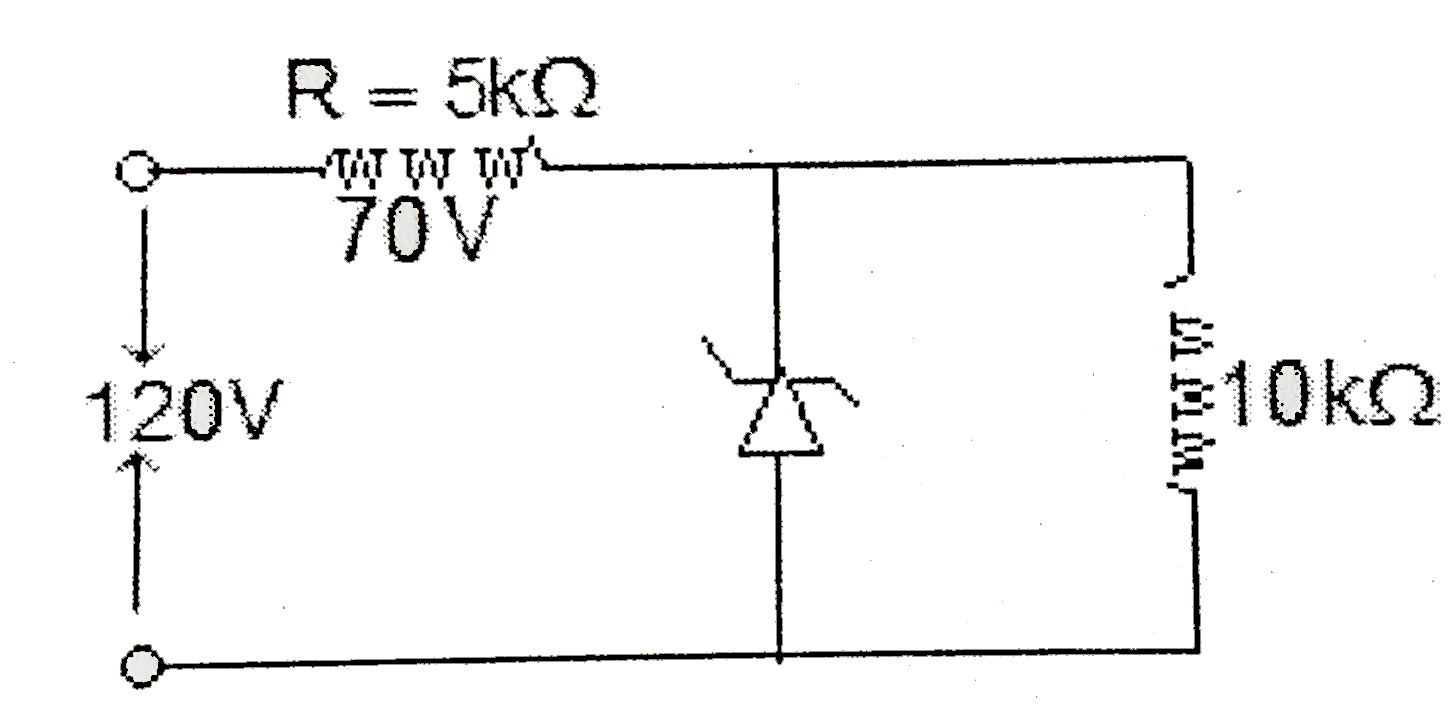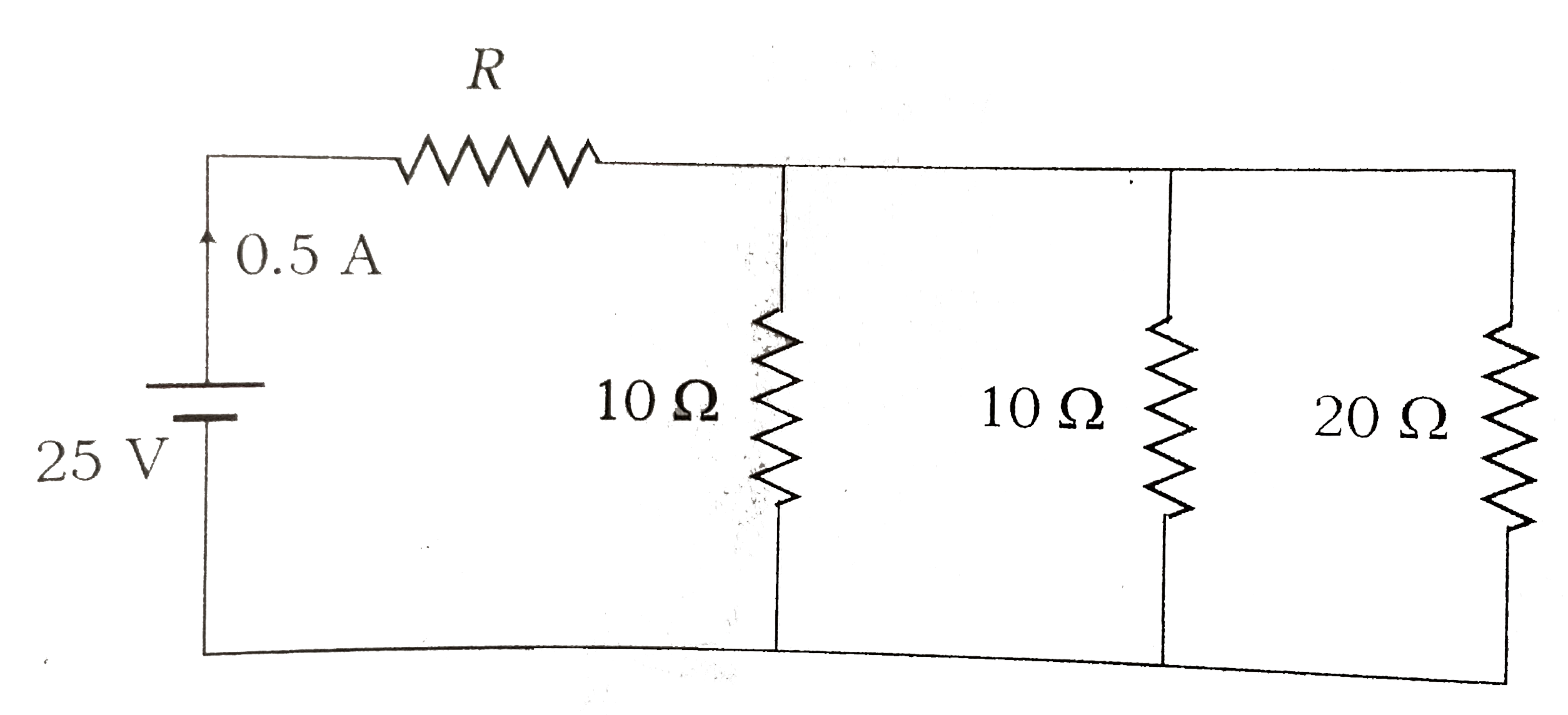In the circuit shown
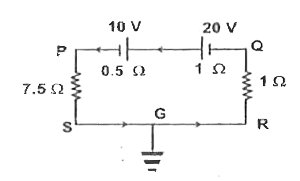
A
the potential at
B
the potential at
C
the potential at R is zero
D
the potential al S is zero
Video Solution
Text Solution
The current in the circuit
The potential difference across PS,
The potential difference across Q, R,
As point G is connected to earth, hence potentials of R and Sare zero. The direction of the current in the circuit is from P to S, hence point P is at higher potential
therefore,
Similarly,
Hence, (B) (C) & (D) are correct.
|
Topper's Solved these Questions
- CURRENT ELECTRICITYBOOK - FIITJEECHAPTER - CURRENT ELECTRICITYEXERCISE - Exercise
9 Videos
- CURRENT ELECTRICITYBOOK - FIITJEECHAPTER - CURRENT ELECTRICITYEXERCISE - Comprehension Based Type-1
3 Videos
- CURRENT ELECTRICITYBOOK - FIITJEECHAPTER - CURRENT ELECTRICITYEXERCISE - SOLVED PROBLEMS (SUBJECTIVE)
10 Videos
- COLLISION BOOK - FIITJEECHAPTER - COLLISION EXERCISE - (NUMERICAL BASED QUESTIONS)
4 Videos
- ELASTICITY AND WAVES BOOK - FIITJEECHAPTER - ELASTICITY AND WAVES EXERCISE - Assignment Problems (Objective) Level-II
15 Videos
Similar Questions
Knowledge Check
For the circuit shown in the following figure.
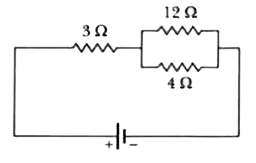 AThe heat dissipated in 4Ω resistance is more than that dissipated in 12Ω resistanceBMaximum heat is dissipated in 3Ω resistanceCThe heat dissipated in 12Ω resistance is more than that dissipated in 4Ω resistanceDThe power dissipated in 3Ω resistance is 18 W
AThe heat dissipated in 4Ω resistance is more than that dissipated in 12Ω resistanceBMaximum heat is dissipated in 3Ω resistanceCThe heat dissipated in 12Ω resistance is more than that dissipated in 4Ω resistanceDThe power dissipated in 3Ω resistance is 18 WFor the circuit shown in the figure :
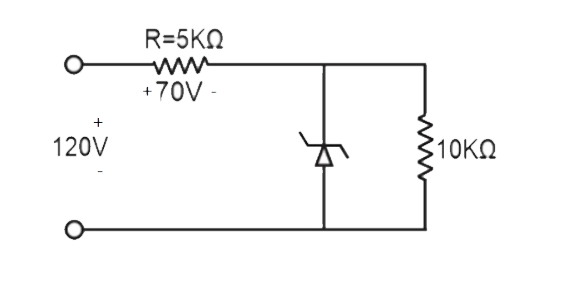 ACurrent through Zener diode is 4 mABCurrent through Zener diode is 9 mACThe output voltage is 60 VDThe output voltage is 40 V
ACurrent through Zener diode is 4 mABCurrent through Zener diode is 9 mACThe output voltage is 60 VDThe output voltage is 40 VFor the circuit shown in figure
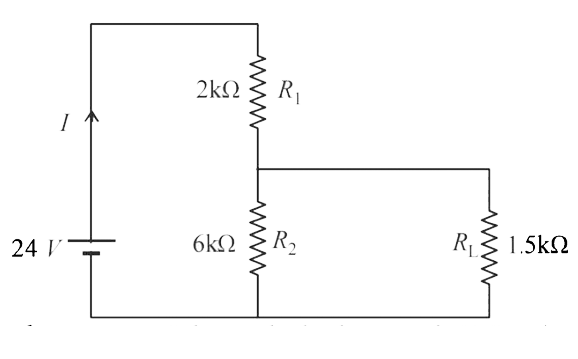 Athe current I through the batter is 7.5 mA.Bthe potential difference across R_L is 18V.Cratio of powers dissipated in R1andR2 is 3Dif R1andR2 are interchanged, magnitude of the power dissipated in RL will decrease by a factor of 9.
Athe current I through the batter is 7.5 mA.Bthe potential difference across R_L is 18V.Cratio of powers dissipated in R1andR2 is 3Dif R1andR2 are interchanged, magnitude of the power dissipated in RL will decrease by a factor of 9.

